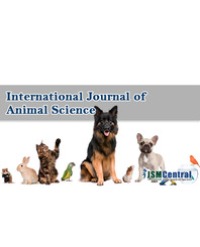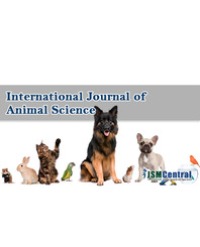
Enhancing the Reproductive Performance of Male Rabbits by Supplementing their Diet with Tangerine Peel Extract During the Summer Months
Various natural feed extracts were tested to preserve semen quality in male rabbits under heat stress conditions. This study investigated the impact of orally administering tangerinein waste extract (TWE) on the semen quality of male rabbits. Twenty-four male California rabbits, aged 7-8 months and weighing an average of 3579.40±61.39 kg, were divided into four experimental groups with six rabbits in each group. The control group was administered 3.0 mL of distilled water, the second group received 2.0 mL/kg of body weight of TWE, the third group received 4.0 mL/kg of body weight of TWE, and the fourth group received 6.0 mL/kg of body weight of TWE. The rabbits were given the extract orally once daily for 8 weeks under summer conditions (32.50°C and 76% relative humidity). The administration of TWE significantly enhanced semen quality compared to the control group. In conclusion, oral TWE supplementation improved semen quality characteristics in the presence of heat stress during summer conditions.
Mohamed Basyony Mohamed Mahmoud


